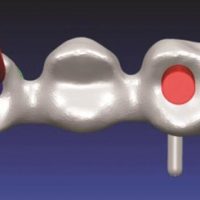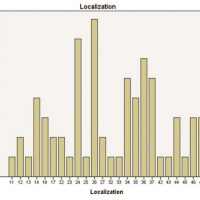- Autor:
- Eduardo Anitua
- Mohammad H. Alkhraisat
- Sofía Fernández-de-Retana
Survival and Marginal Bone Loss of Dental Implants Supporting Cad-Cam Angled Channel Restorations: A Split-Mouth Retrospective Study
Abstract
Background: The aim of this study was to determine whether the screw emergence angulation correction by computer-aided design (CAD)-computer-aided manufacturing (CAM) can influence implant survival and marginal bone stability.
Materials and methods: This was a controlled split-mouth retrospective study of angled channel restorations. The dental implants supporting the prosthesis were divided into the following two groups: the first group (Group 1) included the implants that required screw channel angulation, while the second group (Group 2) included the implants that did not require this correction to screw the prosthesis to the implant. The main outcome variables were implant survival and marginal bone loss (MBL).
Results: A total of 68 dental implants placed in 22 patients were included in the final cohort. The mean follow-up time was 39.65 ± 15.20 months. None of the studied implants failed during the follow-up period and the mean MBL was – 0.29 ± 0.51 mm at the end of the follow-up. No statistical differences in the MBL were observed between the two groups of the study (-0.18 ± 0.51 and – 0.23 ± 0.58 mm, respectively.
Conclusions: The angulation of the screw channel with CAD-CAM technology resulted in good clinical outcomes and did not affect MBL. Thus, the angulated screw channel might be considered an alternative to face undesired screw emergencies. Future prospective clinical studies should confirm these results.

 English
English
 Français
Français
 Deutsch
Deutsch
 Italiano
Italiano
 Português
Português


